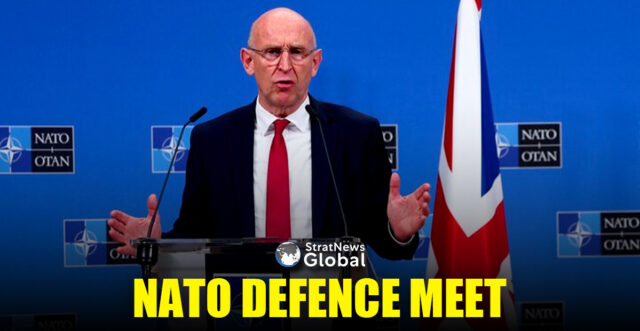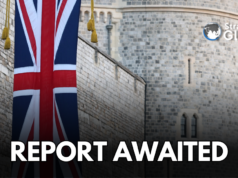NATO defence ministers will meet in Brussels on Thursday to discuss how to respond to Donald Trump’s demand for major increases in defence spending, less than three weeks before a crucial summit of the alliance in The Hague.
The US president has said NATO allies should boost investment in defence to 5% of gross domestic product, up from the current target of 2%.
Price Of US Support
Diplomats say the European allies understand that hiking defence expenditure is the price of ensuring a continued US commitment to the continent’s security and that keeping America on board means allowing Trump to be able to declare a win on his 5% demand during the summit, scheduled for June 24-25.
“We have to go further and we have to go faster,” NATO Secretary-General Mark Rutte told reporters on Wednesday.
“A new defence investment plan will be at the heart of the NATO summit in The Hague,” he added.
Rutte’s Split Proposal
In a bid to meet Trump’s 5% goal, Rutte has proposed alliance members boost defence spending to 3.5% of GDP and commit a further 1.5% to broader security-related spending, Reuters has reported.
But details of the new investment plan will likely continue to be negotiated until the very eve of the NATO summit.
“We have to find a realistic compromise between what is necessary and what is possible really to spend,” German Defence Minister Boris Pistorius said on Wednesday.
Countries remain divided over the timeline for a new pledge.
“There’s not unlimited time,” US ambassador to NATO Matthew Whitaker told reporters on Wednesday.
Unrealistic Timeline
Rutte has proposed reaching the 5% by 2032 – a date that some eastern European states consider too distant but which some others see as too early and unrealistic given current spending and industrial production levels.
A 2032 target is “definitely too late”, Lithuanian Defence Minister Dovile Sakaliene said on Wednesday, arguing for a target of 2030 at the latest.
There is also an ongoing debate over how to define “defence-related” spending, which might include spending on cybersecurity and certain types of infrastructure.
“The aim is to find a definition that is precise enough to cover only real security-related investments, and at the same time broad enough to allow for national specifics,” said one NATO diplomat.
(With inputs from Reuters)





